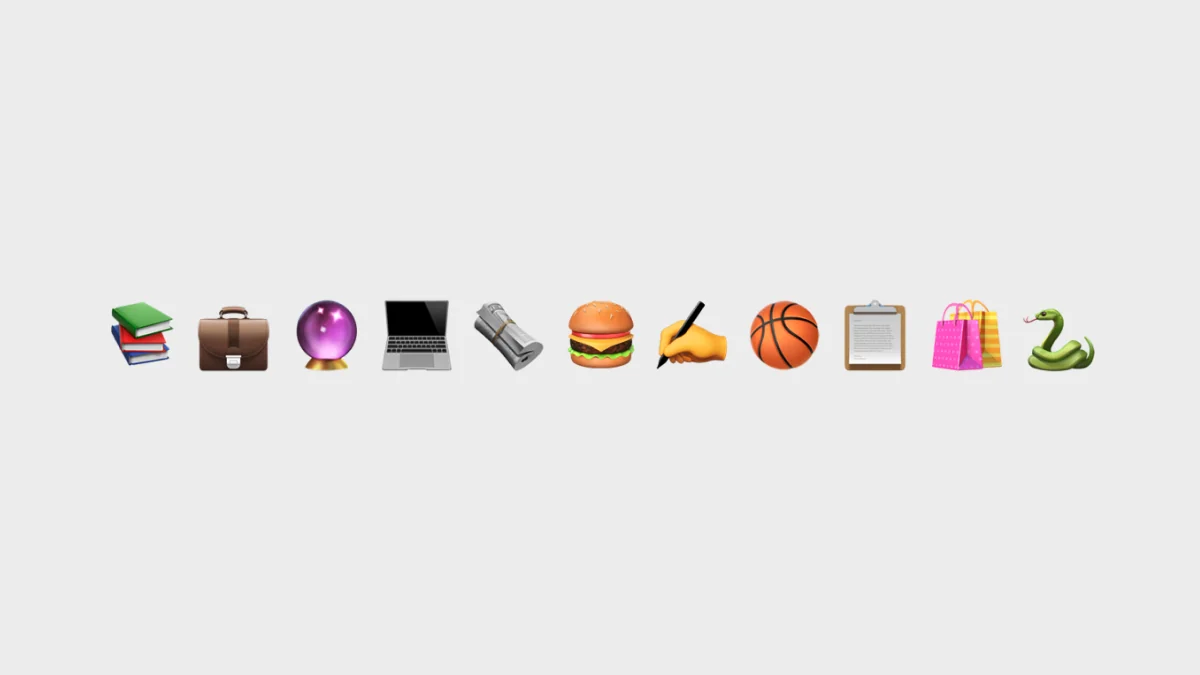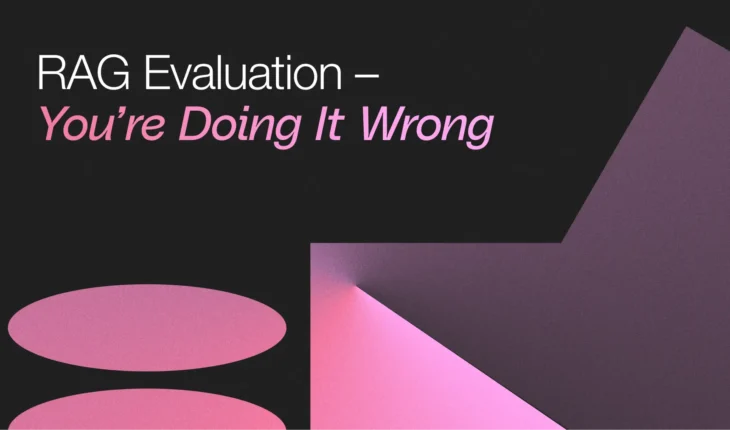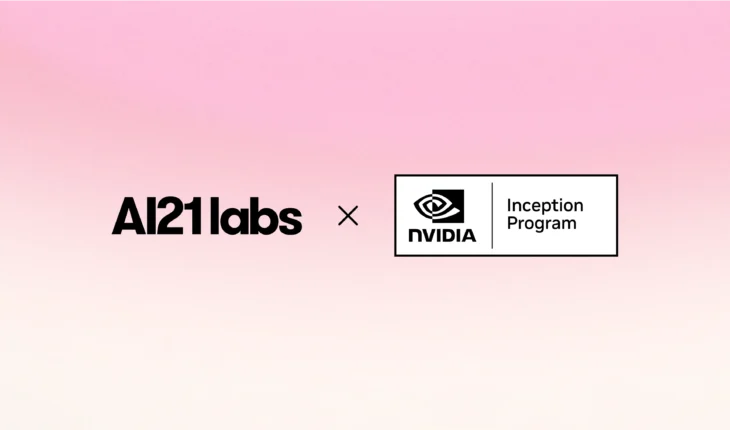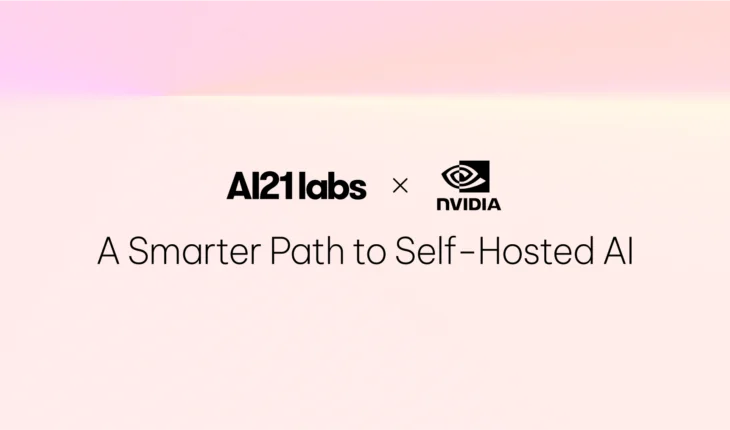Table of Contents

Discover use cases for AI21 Studio and Jurassic-1
In this blog post we showcase different ways of using AI21 Studio and Jurassic-1 to perform different language tasks. We hope these will help you kickstart your applications, and even inspire you to come up with ideas for new use cases. For convenience, the examples are grouped into categories, though this grouping doesn’t follow very strict rules. Make sure to check out the last group of fun examples for some laughs!
All of the examples below use prompts we crafted manually, and they are available in AI21 Studio as presets, so you can try them yourself, tinker with them and use them as a basis for your own prompts.
Prompt engineering, the process of composing a prompt to perform a specific task, is a fast, easy, and flexible way to build a demo or prototype. In fact, the prompts we’re sharing here are the product of one day’s work, at most. To take your application beyond proof-of-concept, we recommend you train a custom model. Custom models in AI21 Studio can be trained on very small datasets with as few as 50-100 examples. They offer better precision and latency and can be more economically scaled-up to serve production traffic. Read our blog post to learn more about bootstrapping your own custom model.
Summarizing or simplifying text
Jurassic-1 is great at applying different transformations to existing text – consuming some text and then generating a piece of text that relates to it.
One common transformation is summarization. Summarization has many business use-cases, such as extracting the gist of online restaurant reviews:

Note that the model successfully follows the style of the example provided in the prompt, and outputs a sequence of short 2-3 word phrases summarizing the review. In a practical setting, we can imagine this method being used to squeeze reviews for display on small mobile devices.
Another useful transformation is simplifying text to make it more readable and accessible. A useful application could be rephrasing a sentence to avoid business jargon:

Or more explicitly, using Jurassic-1 to explain the meaning of a word in context:

Ideation and copywriting
Jurassic-1 can be used to augment human creativity in content creation, marketing, ecommerce and even creative writing.
By priming our model with titles for blog posts about AI and tourism, we can generate plausible ideas for new blog posts about another topic of our choosing:

Humor and sarcasm are nuanced and notoriously hard for AI models to produce. Nevertheless, it turns out you can feed article topics into the model and get it to generate funny headlines:

Another useful application is writing one-sentence product descriptions for marketing and ecommerce. In the following example, Jurassic-1 generates a short description based on a product name and a list of features:

Generating code
Jurassic-1 models can process not only English text but also code in a variety of programming languages. We can use this to translate plain English descriptions into correct Python one-liners:

Or even translate entire functions from one programming language to another:

Working with tables
Text often comes in a structured format, like a table. Below are two examples that show how Jurassic-1 can both extract information from a table and generate a properly formatted table from natural language:


These two examples highlight the flexibility of Jurassic-1’s universal “text-in, text-out” interface. The model properly handles various forms of text data out of the box, freeing developers to focus on core functionality instead of worrying about format conversions.
Classification
Most use-cases above were generative in nature, meaning they involve generating a phrase, sentence, line of code etc. Another important subset of language tasks are text classification tasks, where the goal is to label a piece of text.
For instance, consider topic classification. The following example demonstrates classifying news articles based on their title and their summary:

Note there are four categories – “World”, “Sports”, “Business” or “Science and Technology” – and we specify them explicitly in the prompt. The model then outputs these as the classification labels.
We can use the same idea to perform binary classification. In this example the model determines whether a certain attribute indicates a high or low level of openness (one of the Big Five personality traits in psychology):

This time, the two possible labels (“High” and “Low”) aren’t spelled out in the prompt, and the model picks them up from the examples.
World knowledge
Because it was trained on a massive amount of text, Jurassic-1 acquired knowledge about different topics. By composing a suitable prompt, we can retrieve facts encoded in the model in natural language form. It’s often a good idea to build a Q&A or “interview” style prompt for this, like the one we use in the following example to answer sports trivia questions:

A different kind of knowledge is common sense knowledge. In this example we probe the model’s ability to predict outcomes of different actions according to common sense:

It’s important to keep in mind that the coverage and accuracy of knowledge encoded in Jurassic-1 may vary depending on factors such as time, topic and geography, and may also reflect bias found in the human-written texts the model was trained on. In particular, don’t expect the model to possess highly domain-specific knowledge. Furthermore, note that the model doesn’t have any knowledge of current events, since it was trained on texts dated up to year 2020.
Other fun examples
Finally, we’d like to share a few fun examples, built by members of our team on a one-day internal hackathon. These projects were primarily designed to make you laugh, but we hope they also help you imagine the opportunities that AI21 Studio unlocks for media, content creation, human-computer interaction and many other industries.
Jurassic-1 write rap lyrics
The team used Jurassic-1 to generate lyrics for rap songs about historical figures. The inspiration is, of course, the musical Hamilton. They primed the model with lyrics about Alexander Hamilton, George Washington (both from “Hamilton”) and Eva Perón (from “Evita”). Then they had the model generate new lyrics about Barack Obama. Note that they didn’t explicitly provide the model with any of the biographical information about Obama, so all the knowledge (Harvard Law, Michelle, Chicago etc.) is encoded within the model itself. Once they had the lyrics, they packaged them nicely in a video using an off-the-shelf deep fake engine that supports rap, added a beat, et viola.
Jurades: AI charades powered by Jurassic-1
In this game, players take turns trying to communicate the identity of random famous characters, without stating their names, following the standard rules of charades. Unlike a normal game of charades, the one responsible for guessing the the characters’ identities is not a human, but a language model… Jurassic-1!
The model is fed with a few-shot prompt that taps into its world knowledge and text comprehension capabilities. Jurassic-1 is surprsingly good at understanding non-coherent, associative descriptions that humans make under pressure. The prompt is set up to allow the model to self-correct based on failed guesses and follow up hints.
JurassiChess
Continuing our games theme, JurassiChess uses Jurassic-1 to give you verbal feedback on your chess moves, by integrating it with Stockfish, an open-source chess AI. When you play against Stockfish, it provides a score that represents the strength of your position as well as the AI’s suggestions for the best alternative move (in chess notation). We feed this information into Jurassic-1 and use specific prompts to generate relevant positive, negative or neutral feedback, resulting in a responsive AI chess tutor experience. And if you don’t mind a little trash-talking, a different set of prompts gives your AI opponent a way to taunt you.


